
Teacher Guides
The Teacher Guides linked here are part of my ongoing work in entomology, biology education, and curriculum design. Each guide translates research into classroom-ready units that span several weeks of instruction, supporting inquiry, aligning with science education standards, and equipping teachers with student-centered activities.
The Biology and Evolution of Breast Cancer
Overview: The Breast Cancer Teacher Guide is a multi-week, case-based unit that uses breast cancer to unify core cell and molecular biology—DNA mutation, gene expression, protein function, and the cell cycle—while connecting to evolutionary ideas like natural selection and population genetics. Designed for a flipped classroom, students watch short pre-class videos, then spend in-class time on quizzes, mini-lectures, and problem-solving worksheets that build data literacy and scientific reasoning.
Education Level: AP Biology, Introductory College Biology
Unit Length: ~6-8 class sessions (~60-90 minutes each)
Core Biological Processes Covered: DNA mutation, transcription, translation, protein function, the cell cycle, natural selection, genetic drift, population genetics, dominant/recessive alleles.
Preview of Teacher Guide:
Videos for “Flipped” Classroom Implementation:

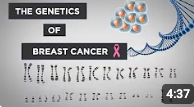
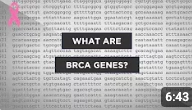
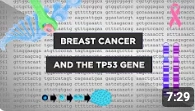
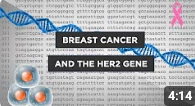
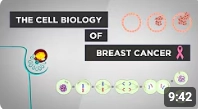

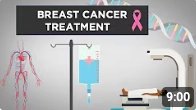
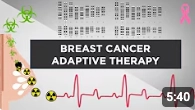
MothEd: Authentic Student Investigations and Local Ecology
Overview: MothEd is a flexible, multi-week ecology unit in which students become field researchers: they design and run moth-trapping investigations, collect and sort specimens, analyze data, and communicate findings. The unit blends hands-on ecology with data science and NGSS-aligned practices, supported by the CLUE platform for collaborative planning, data cards, and graphing.
Education Level: 4th-12th grade (adaptable)
Unit Length: ~9 class sessions (~60-90 minutes each)
Core concepts & skills:
- Nocturnal biodiversity, moth biology & life cycles; roles in food webs, pollination, pest ecology
- Experimental design (questions, variables, hypotheses), ethics of insect study
- Sampling & trapping methods; sorting, pinning, morpho-species grouping
- Data recording, visualization, and interpretation (graphs, summary stats)
- Scientific communication (claims–evidence–reasoning; presentations)
Preview of Teacher Guide:
Additional Resources:
